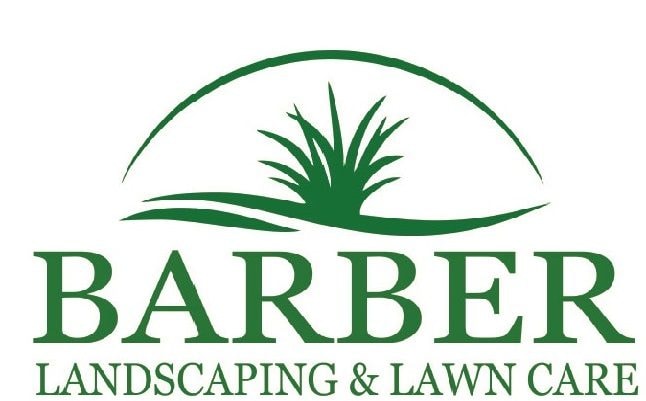Should you put landscaping fabric in you plants beds or not? There is a huge divide in the landscaping community on this subject. There are ton of reasons it seems like a good idea but let’s go over a few reasons it is one of the biggest scams in the landscaping industry.
Landscaping fabric breaks the natural processes that improve plant health and help build high quality soil. The key drawback is weed barriers will not prevent weeds from growing in your beds. You will still need to maintain your beds with manual weed pulling or chemical sprays. Many weeds get into your garden beds through the air and can imbed into the mulch and germinate. There is no shortcuts to regular quality maintenance of your beds.
Landscaping fabric is a waste of money
Landscaping fabric, or weed barrier, is a type of synthetic material that is commonly used in landscaping. While it is marketed as a way to control weeds and improve the appearance of landscaped areas, there are several reasons why landscaping fabric is actually a bad idea. Let’s dive into a few reasons.
6 Key Reasons Not to Use Landscaping Fabric
- Landscaping fabric does not effectively control weeds. Many weeds are able to grow and thrive even when covered by landscape fabric. The fabric is usually not dense enough to prevent light and air from reaching the soil. This means that weeds can continue to grow and spread, eventually breaking through the fabric and ruining the appearance of the landscaped area.
- Mulching materials are put down with the intent to compost over time. This slowly releases nutrients into the soil and the composted remnants are integrated into the soil further improving it. Landscaping fabric impedes this process.
- Landscaping fabric can prevent water and nutrients from reaching deep into the soil like it should. Because it forms a barrier between the soil and the air. Landscape fabric can prevent water and nutrients from reaching the deeper roots of plants, leading to stunted growth and poor plant health.
- Landscaping fabric is not biodegradable. Unlike natural materials, such as mulch or compost, landscape fabric is made from synthetic materials that do not break down over time. This means that once it is placed in the soil, it can remain there indefinitely, potentially harming the environment and wildlife.
- Landscaping fabric is unsightly. While it may be hidden under a layer of mulch or decorative rocks, landscape fabric is not a visually appealing material. Its synthetic texture and appearance can be unattractive and can ruin the overall aesthetic of a landscaped area.
- Landscaping fabric can be difficult to remove. Once landscape fabric is placed in the soil, it can be difficult to remove. Most of time it is cover with rocks or mulch making it a lot of work to remove. This can make it difficult to change the design of a landscaped area or to remove the fabric if it becomes damaged or deteriorated
Landscaping Fabric is Detrimental to Your Plants
One of the key drawbacks of using landscaping fabric is it causes the roots of plants to rise to the surface. This occurs because the fabric forms a barrier between the soil and the air. Thus preventing water and nutrients from reaching the deep roots of plants. As a result, the roots of plants will often grow upwards, searching for moisture and nutrients, eventually rising to the surface. You will notice that the roots come out of the dirt and run along the top of the ground. This can be a serious problem for plants, as their roots are designed to grow downwards, deep into the soil. When their roots are exposed to the air, they can dry out and die. This can lead to stunted growth and poor plant health. See what the University of Illinois has to say about it.
Weed Barrier Alternatives
A thick layer of mulch or pine straw will help fend off weeds in your beds. The bottom line, however, is there will be no shortcuts to regular quality maintenance of your beds. In our business we refuse to install landscaping fabric. We see time and time again a customer will spend hundreds of dollars buying and installing fabric. Then two weeks later weeds start to pop up.
Simple roundup or a similar chemical weed killer coupled with a preemergent is the best defense against weeds.
If you need any help with landscaping or lawn maintenance give us a call.

